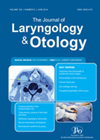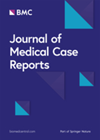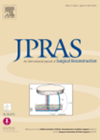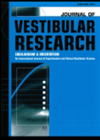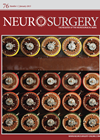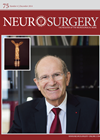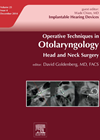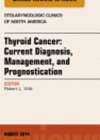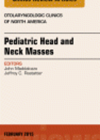
Journal Reviews archive for 2015
Chronic facial pain: types and long-term treatment
This publication discusses the details and differences between chronic tension type headache and migraine and followed a cohort of 240 patients over 36 months. The authors applied strict criteria to distinguish between chronic tension headache and migraine, these essentially being...
Association of sinonasal symptoms with ear disease
The study explores the possible association of sinonasal symptoms with ear disease. The subjects were patients with ear problems which were categorised as group A – patients with external ear problems (15%), group B1 – patients with middle ear mucosal...
Head and neck myxofibrosarcoma: a case report and review of the literature
Myxofibrosarcoma is the most common soft tissue sarcoma that occurs in late adult life, peaking in the seventh decade, and it is mainly encountered in the lower extremities. Cases within the head and neck region are extremely rare and to...
Postauricular advancement flap for partial helix defect repair
Ear defects can be the result of trauma, burns or ablative surgery. The three dimensional structure of the pinna presents a difficult reconstructive challenge as successful ear reconstruction requires both similar tissue cover and a supporting framework. Partial ear reconstruction...
Multiple free flaps for head and neck cancer
Most patients with advanced head and neck cancers now undergo microvascular free flap reconstruction. This is mainly as flaps facilitate complete tumour and margin removal by providing reliable wound coverage and better restoration of form and function. However despite this,...
Alcohol and the vestibulo-ocular reflex (VOR)
I was drawn to this paper initially for slightly unscientific reasons but in fact it proved a worthwhile read. It describes the effect of alcohol consumption on the VOR of eight healthy subjects as measured using video head impulse testing...
Visual vertigo and optokinetic response
This study measured differences in optokinetic responses (sitting, standing, with and without a static visual target) in three groups of people: those classified as having unilateral vestibular loss (n=10), unilateral loss with visual vertigo (n=8) and a control group (n=10)....
Long-term outcomes after endoscopic pituitary macroadenomas resection
In this retrospective study the authors attempted to find out long-term outcomes after pituitary macroadenoma resection via the endonasal endoscopic transsphenoidal route. Eighty of the 162 patients operated on met the study criteria of clinical and radiological follow-up for at...
Outcomes after facial nerve preservation surgery for large vestibular schwannomas
Large vestibular schwannomas (Koos grade three or four) are traditionally treated by surgical resection. Gross total resection of such large tumours often results in facial nerve dysfunction. Hence facial nerve preservation surgery was introduced in which maximal surgical resection is...
Cochlear implantation techniques
This issue concentrates on the advancement in techniques within the field of implant otology starting with cochlear implantation. Here it is sub-divided into indications, candidacy (including full pre-operative testing and investigations), surgical technique and outcomes for both adults and children....
A higher aspiration for fine needles
Fine needle aspiration biopsy (FNAB) has aided in the diagnosis and management of thyroid nodules for decades. Now a rapid evolution is hoped to benefit an increasing cohort of patients with small nodules and non-diagnostic investigations. This review discusses the...
Childhood bony facial tumours
This review article covering maxillary and mandibular tumours is from an edition of the Clinics covering paediatric head and neck masses from frequently encountered congenital malformations to the rarities. There is a wide differential diagnosis for childhood mandibular or maxillary...

